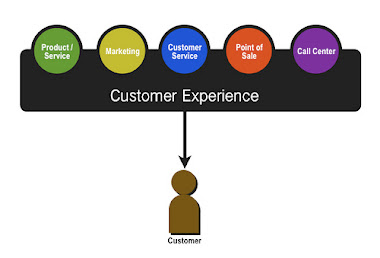Discover Customer Experience Management
 To understand how to deliver effective online solutions
and better serve your online customers, you need a shared “view” of
customers across the organization — this is Customer Experience
Management (CEM).
To understand how to deliver effective online solutions
and better serve your online customers, you need a shared “view” of
customers across the organization — this is Customer Experience
Management (CEM).
Leading customer-centric organizations choose Tealeaf's
CEM solutions because only Tealeaf offers the most complete dataset of
customer experience information. From ebusiness and IT, to customer
service and compliance, only Tealeaf provides the visibility, insight,
and answers required to explore opportunities for improvement and
innovation, drive requirements, and set priorities.
The Problem
The web and ebusiness have matured into robust, powerful components of the modern economy. However, with rapid application deployment, increasingly complex environments, and dynamic new functionality, customers fail in their online experiences at alarming rates.Businesses are challenged to understand their online customers’ struggles because their sites ultimately deliver their “storefront” or marketplace into the one place they cannot see — the browser of the customer. That challenge has led to startling levels of customer complaints and massive business impact.
A 2009 Harris Interactive® poll on customer behavior reveals a high level of consumer intolerance for ecommerce failures and the double threat that these failures present to online businesses. This survey illustrates an alarming rate of web site issues — with eight out of 10 consumers experiencing difficulties online. To make matters worse, the same survey reports that 32 percent of consumers abandon their transactions when they experience online road blocks or simply switch to a competitor. The potential online shopping dollars impacted by transaction problems in the U.S rings up at $47.6 billion.
In addition, the same survey uncovers a second threat to your business. Customer service centers are ill equipped to respond effectively to the needs of online customers. This poor level of service triggers a second wave of customer abandonment. Of consumers polled, 38 percent of those who contacted customer service after experiencing an online issue did not have the issue resolved, and 45 percent stopped doing business with the company as a result.
The same survey also shows that 81 percent of users expected their transaction to be completed on the first try — the same as offline, where every user can complete every transaction, every time. While many companies believe they are delivering adequate online experiences, their customers are in pain. Why do most organizations miss the mark?
The Challenge
Running an online channel forces rapid, yet often incomplete, application deployment. Use cases become "best guesses" as customers use the web in unstructured ways. And testing is insufficient. You can't possibly test for everything that customers could do, as a near-limitless combination of variables makes each interaction unique. But the influence of social media has made it critical to address customer satisfaction issues as swiftly as possible before upset customers share their frustrations with the world. Considered all together, these factors mandate significant changes to standard practices for managing the online channel. Customer Experience Management must be in real-time and extend beyond basic daily metrics and traditional key performance indicators (KPIs), which are too high-level and rigid to measure what's really important — customer struggle.The fact that the web reduces a two-way interaction between a business and its customer to nothing more than a datastream is both wonderful for reach, scalability, and profitability and challenging because it forces companies into a disconnection, as they no longer are able to be face-to-face with their most valuable asset, their customers. Really, the web is the first form of business where this disconnection exists. And when customers' expectations are not met, the business is at a competitive disadvantage.
Lack of visibility into these problems is the impetus for Customer Experience Management — the first step in helping you solve such difficult questions as:
- Why are conversion rates down?
- Why are site visits up, but order sizes down?
- Why do we constantly get complaints about service from our customers when all metrics appear good?
The Solution: Visibility. Insight. Answers.
Visibility is the missing link between your business and your customers. In the context of Customer Experience Management, visibility is defined as the ability to see your customers in real time— every one of their unique interactions with your site, for every customer, every single time. If you can capture what the customer saw and did, and what your site's response was, you can fill the gap that exists today.Once you have captured all of that data, the key is to expose relevant information — insight. Insight must be in the form of qualitative analysis. When you ask "why are conversion rates down today?" isn't the most relevant answer found in customers' actions, to understand not only where they abandoned, but why they did not convert?
Finally, once you have the visibility, and the insight, the next step is to make that insight actionable — answers. Answers to the questions you have and the ability to rapidly isolate and eliminate anything that is frustrating to your online customers and forcing them to abandon. By understanding not only where abandonment occurs, but also why, you can remove the obstacles that stand in the way of your customers experiencing the level of service they expect. The results for your business are more completed transactions, improved conversion rates, and greater customer satisfaction and retention.

No comments:
Post a Comment